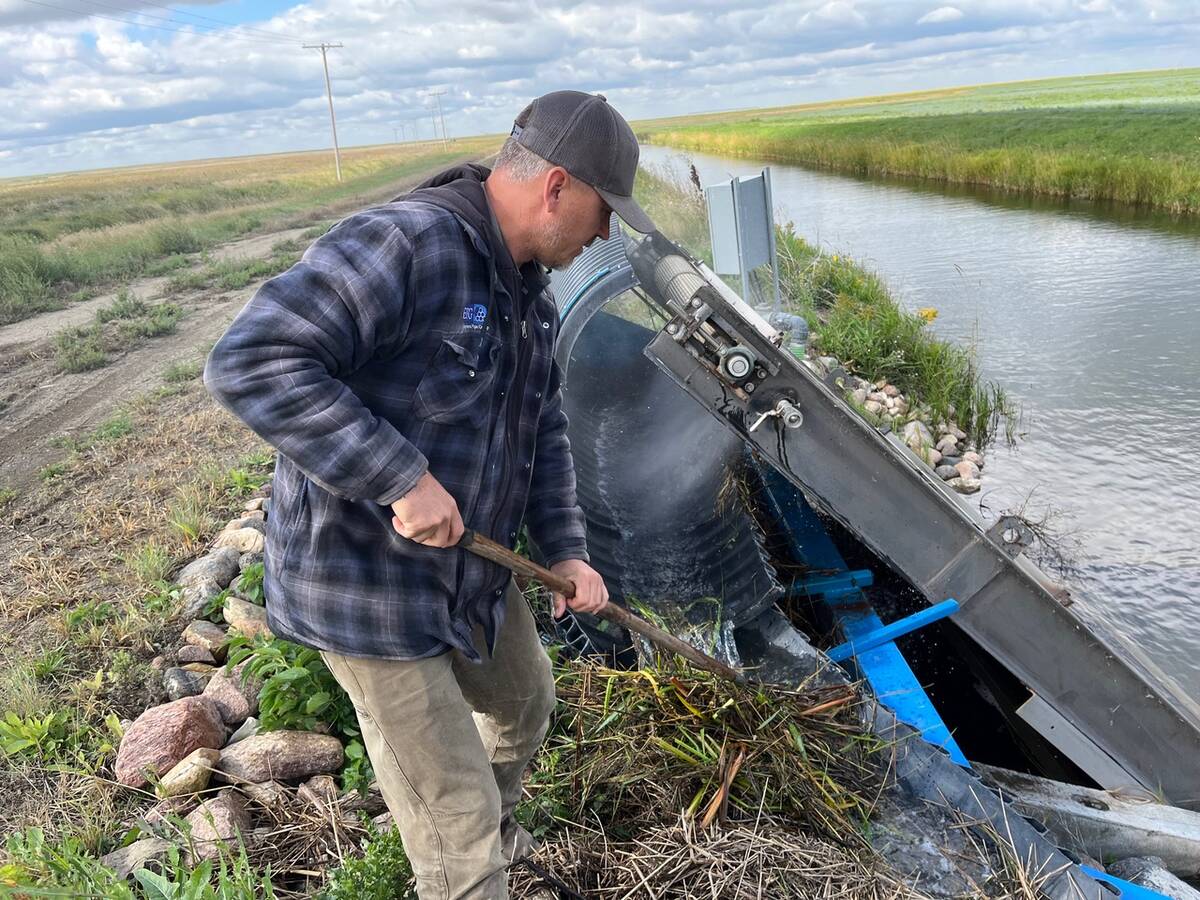HAY LAKES, Alta. – Ashley Fox is getting an early lesson in agriculture
economics.
Last year Fox, 17, raised two steers and two heifers with their calves
as her 4-H beef projects. This year Fox will keep her heifers but will
only have enough feed to raise one steer calf.
“We’re pressed for feed, definitely,” said Fox, one of hundreds of 4-H
members who along with their parents will take a serious look at their
ability to stay involved in 4-H.
Read Also

Saskatchewan farmer uses tile drainage to manage water
The integration of both irrigation and tile drainage results in higher yields, water efficiency, improved soils and less nutrient runoff, says one producer.
About half the Fox family’s herd of 50 purebred Black Angus cows, that
were originally 4-H projects, will have to be sold or moved to an area
in Alberta with better hay or grass.
“It’s hard to see them go, but we had no choice,” said April, Ashley’s
younger sister, also a 4-H member.
It’s a scenario families across the Prairies will face this fall as
they weigh their hay supply and how many cattle they can keep.
In an effort to maintain some of the 4-H projects, the Alberta
government has started a fundraising campaign, Feed for 4-H, to raise
money and feed for 4-H livestock projects.
The money, including $50,000 from the Alberta government, will be used
to buy and distribute hay or collect hay donations to allow 4-H members
to keep some of their livestock projects.
“Anyone with an animal project is going to be facing some sort of
hardship,” said Bruce Banks, executive director of the 4-H Foundation
of Alberta.
There are 454 4-H clubs in Alberta. Last year there were 6,500 beef
projects and 3,800 horse projects in the province. In eastern Alberta,
one of the hardest hit areas of drought where feed is almost
non-existent, there were 500 beef project animals and 200 horse project
animals.
The amount of money or hay donated will determine how it can be split
among the members with livestock projects. Any livestock project is
eligible to apply for the money, including beef, bison, dairy, goat,
horse, llama, sheep, swine and horse.
Banks said they want to use the money to pay the difference between
this year’s and last year’s feed costs for one project.
“We want to make sure these 4-H members are not leaving because of the
increased cost,” said Banks.
Last year Fox paid $340 for grain and $160 for hay for one steer. This
year she estimates it will cost $615 for grain and $360 for hay for her
4-H steer, a more than 50 percent jump in feed costs.
Banks said it would be close to the end of September, after many of the
4-H clubs start up for the season, before they will know how many 4-H
members will take advantage of the program.
“We want to stretch those dollars as far as we can,” said Banks.
Marguerite Stark, head of Alberta Agriculture’s 4-H branch, said she
expects more 4-H clubs to switch from solely a beef or horse club to a
multi-club to allow members who can’t afford livestock projects to
still stay involved in
4-H.
















